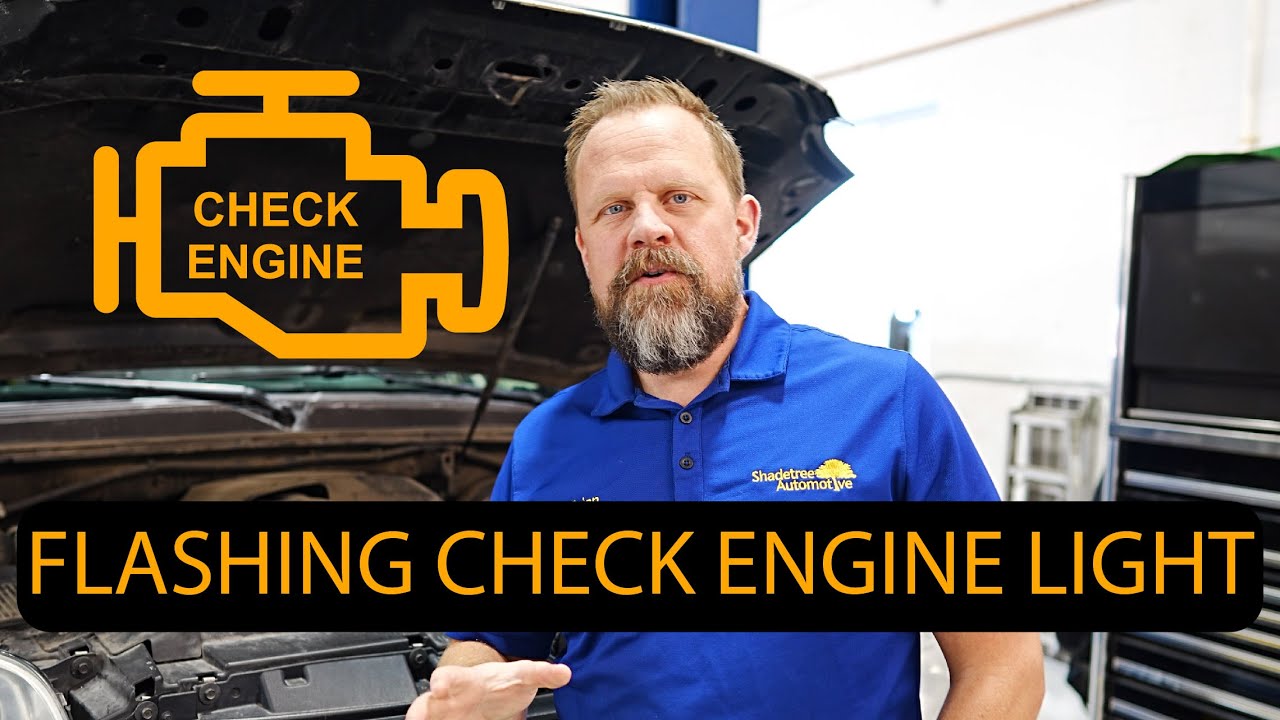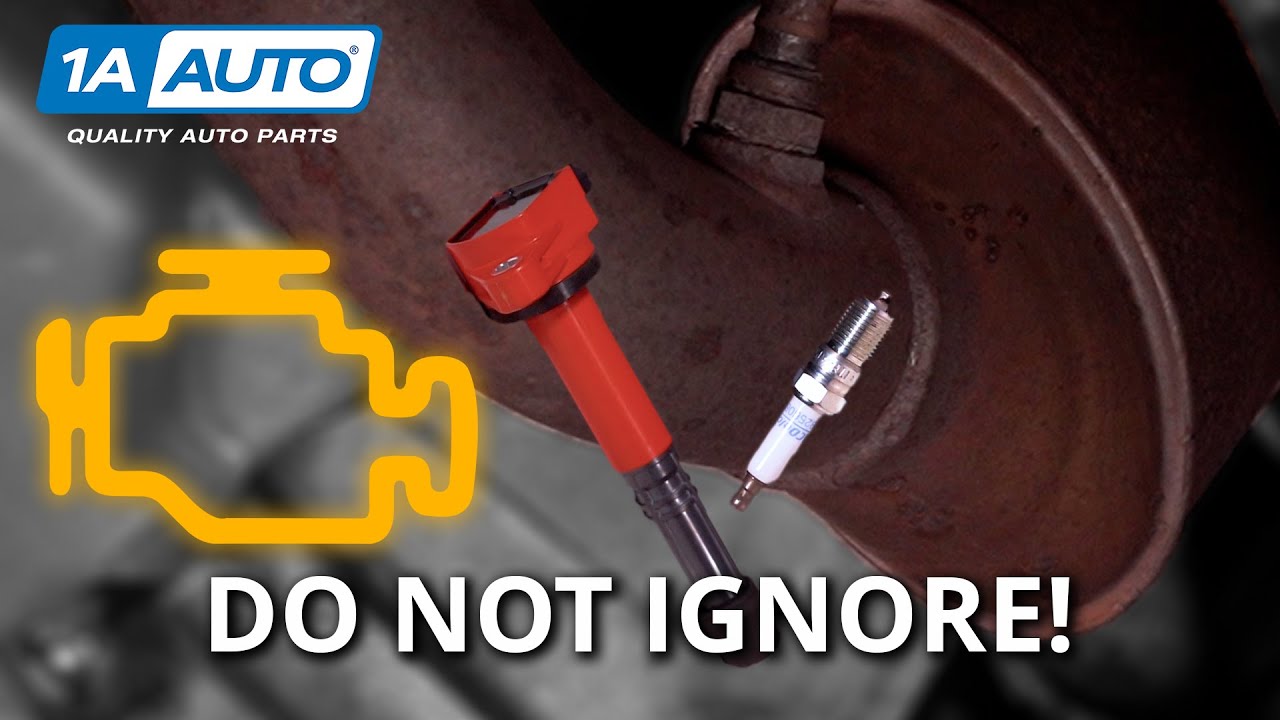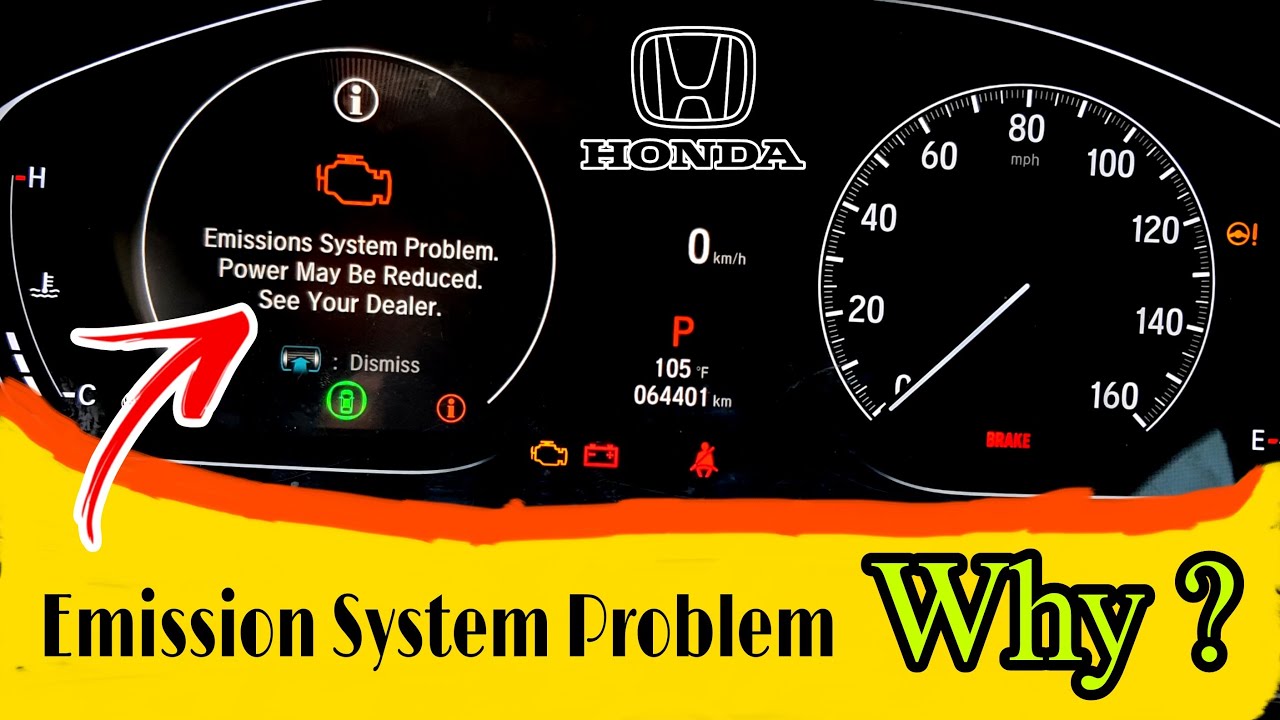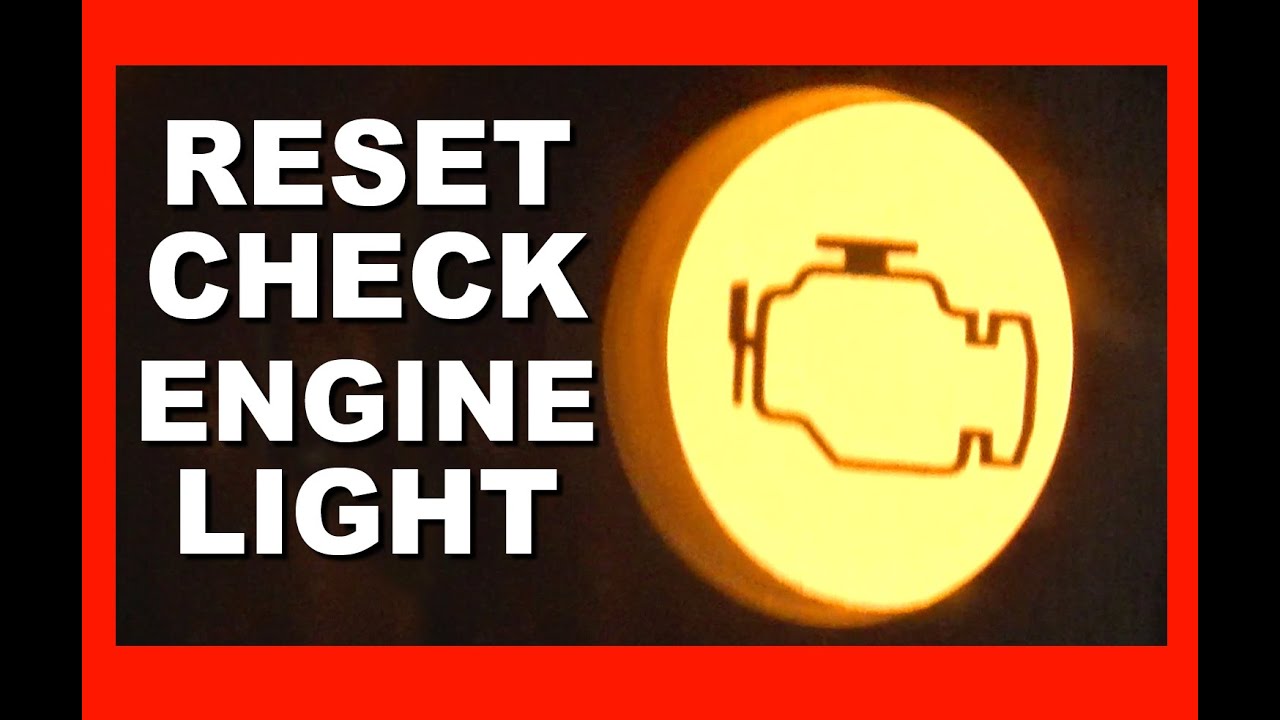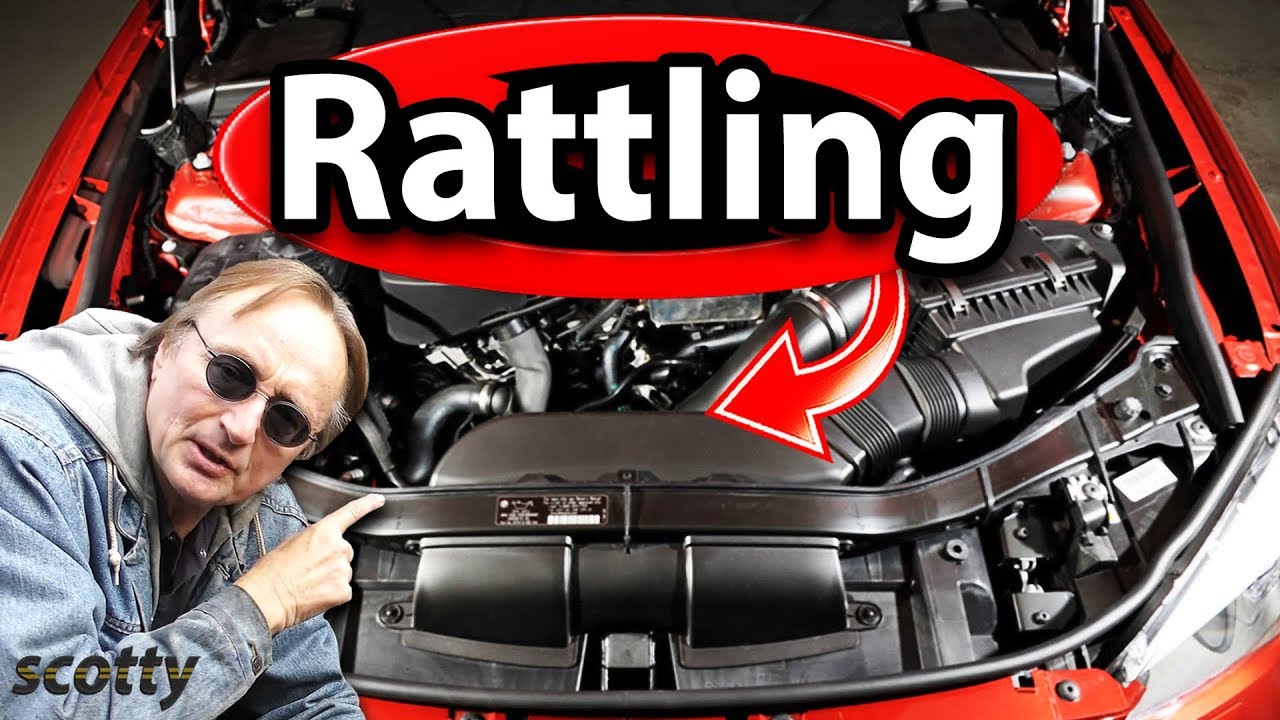Experiencing the fleeting flicker of your car’s check engine light can be both perplexing and alarming. Often, this transient warning hints at underlying issues ranging from simple to serious. In this insightful piece, we’re diving into the common causes of a fleeting check engine light and offering practical solutions to keep your car running smoothly.
What causes the Check Engine Light to Flash and Then Stop?
There are several potential causes for a check engine light to flash briefly and then turn off:
#1 Faulty oxygen sensor

The oxygen sensor is essential to a car’s engine management system. Its function is to monitor the amount of oxygen and unburned fuel in the exhaust gases and relay this information to the engine control unit (ECU). The ECU then uses this data to optimize the air-to-fuel ratio, which maximizes the vehicle’s performance and fuel efficiency and minimizes emissions.
If the oxygen sensor is faulty, it can disrupt the airflow and negatively impact fuel delivery and combustion. Too much fuel will be burned, leading to increased emissions and decreased fuel economy. The sensor is crucial in ensuring the engine runs efficiently by monitoring the oxygen levels in the exhaust system.
Signs of a faulty oxygen sensor include a flashing check engine light, stalling, reduced power, and increased exhaust emissions. Ignoring this issue can lead to further complications, such as damaging the catalytic converter.
#2 Bad catalytic converter
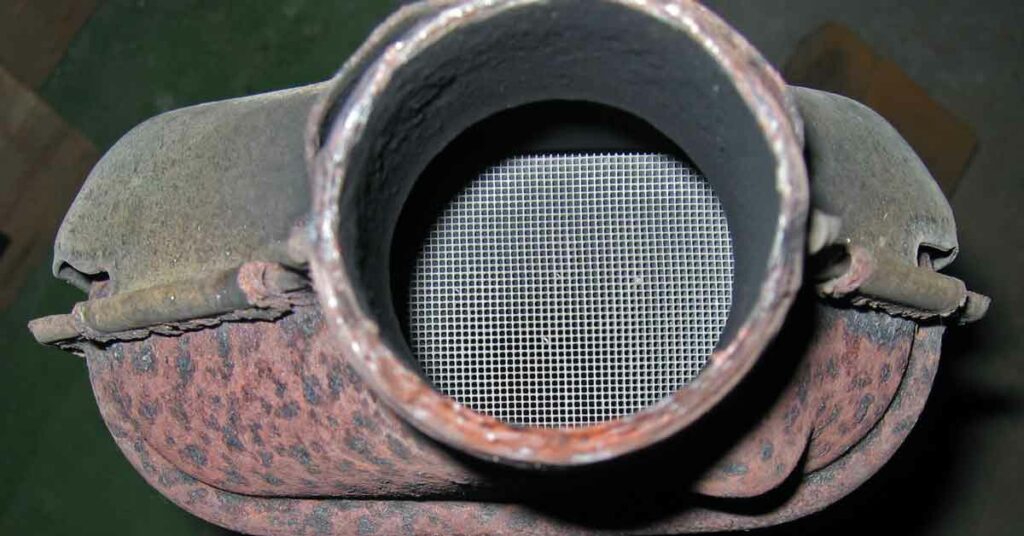
A catalytic converter transforms toxic gases from the exhaust system into less harmful pollutants. Although operating a vehicle without a converter is possible, it is not advisable. A faulty converter may not significantly impact the engine’s performance, but it is crucial to heed the warning signs your car may be giving you.
Symptoms of a malfunctioning converter include a pungent odor from the exhaust pipe, excessive heat from beneath the vehicle, reduced acceleration, and sluggish engine performance. Additionally, the most apparent indication of a defective converter is the presence of dark exhaust smoke. The exhaust system is a vital component in the overall functioning of a vehicle.
#3 Loose Fuel Cap
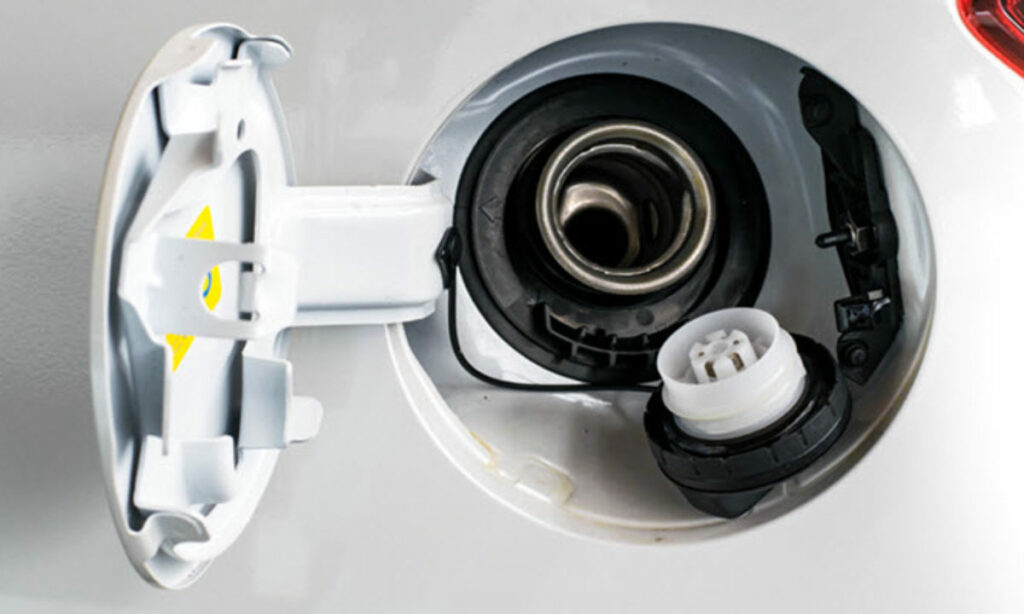
A loose fuel cap is a common cause of a flashing check engine light, followed by the light stopping. When the fuel cap is loose, the fuel system can be compromised, allowing impurities to enter the system. As a result, the vehicle’s computer system generates an error code, triggering the check engine light.
The check engine light may start flashing if the computer system detects a loose fuel cap. While a loose fuel cap may not be a significant issue in terms of engine performance, it is essential to address the issue as soon as possible to avoid damage to the vehicle’s emission system.
After tightening the fuel cap, the check engine light should stop flashing. However, if the light persists, it is advisable to seek the assistance of a qualified mechanic to diagnose the issue.
#4 Damaged spark plugs
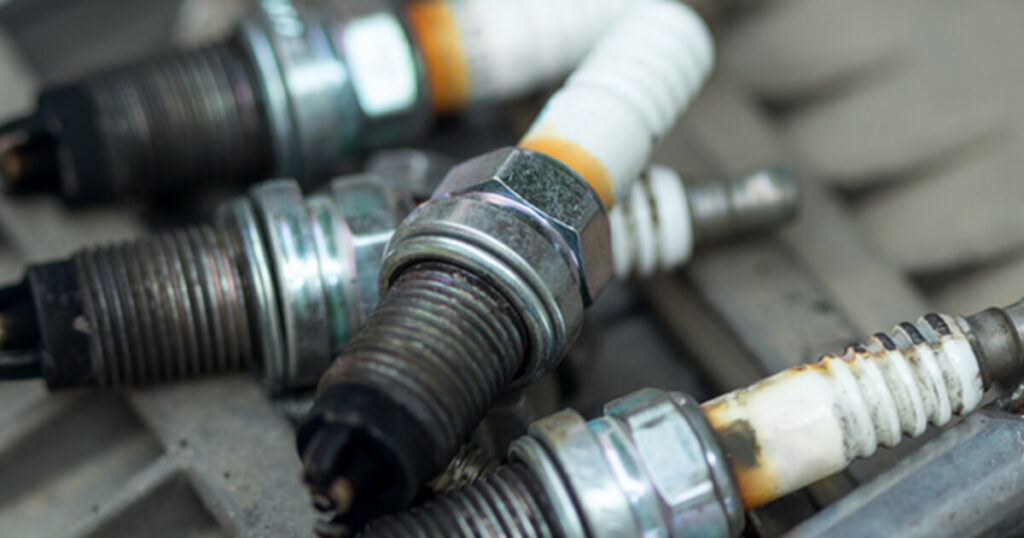
Spark plugs play a crucial role in a vehicle’s ignition system by producing the spark that ignites the fuel and air mixture in the engine’s combustion chamber. If the spark plugs are damaged or worn, the engine may misfire or have trouble starting, leading to a flashing check engine light.
When the check engine light flashes due to damaged spark plugs, it indicates that the vehicle’s computer system has detected a misfire. This misfire can cause further damage to the engine, and it is crucial to address the issue promptly.
Replacing the spark plugs is a relatively simple and inexpensive repair, and it can improve the vehicle’s performance and fuel efficiency while preventing further damage to the engine. If the check engine light continues to flash after replacing the spark plugs, it may indicate a more significant issue with the vehicle, and it is advisable to have a qualified mechanic diagnose the problem.
#5 Broken thermostat valve
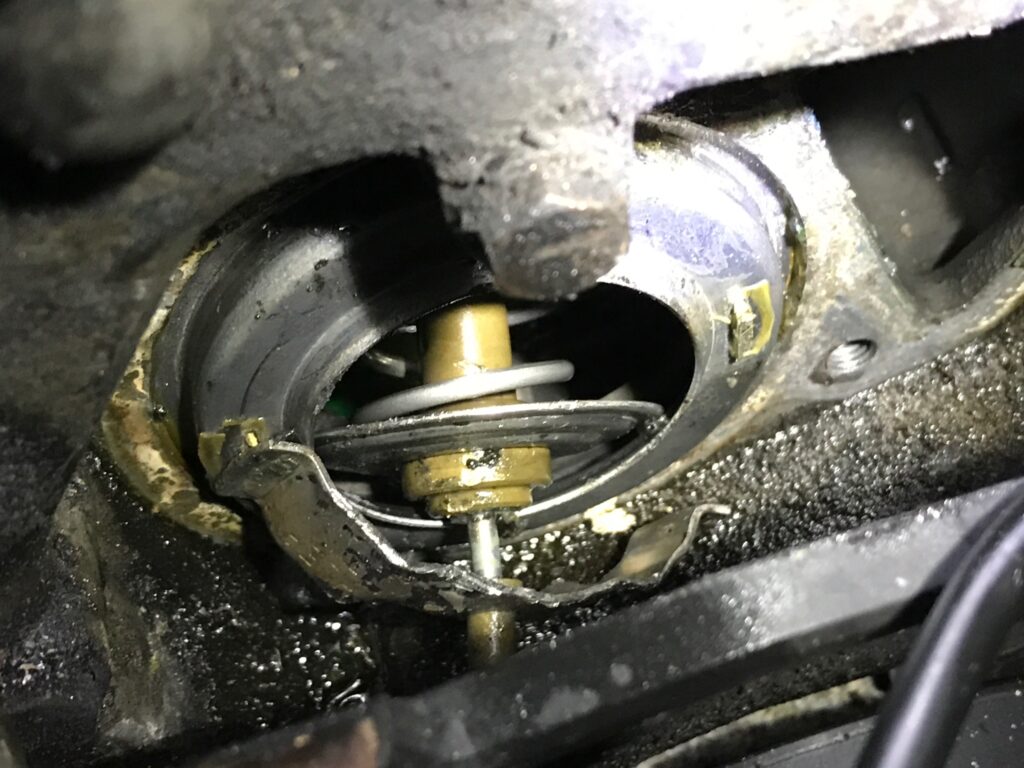
A broken thermostat valve is another potential cause of a flashing check engine light followed by the light stopping. The thermostat valve helps regulate the engine’s temperature by controlling the coolant flow through the engine.
When the valve is broken, the engine may overheat or run too cold, leading to a flashing check engine light. In some cases, a broken thermostat valve may also cause the vehicle to run poorly or stall.
If the check engine light is flashing due to a broken thermostat valve, it is crucial to have the issue addressed promptly. Continuing to drive the vehicle with a broken thermostat valve can cause further damage to the engine and may result in costly repairs.
Replacing the thermostat valve is typically a straightforward repair that a qualified mechanic can complete. Additionally, it is recommended to have the entire cooling system checked to ensure that there are no additional issues that may have caused the thermostat valve to fail.
#6 Faulty EGR system
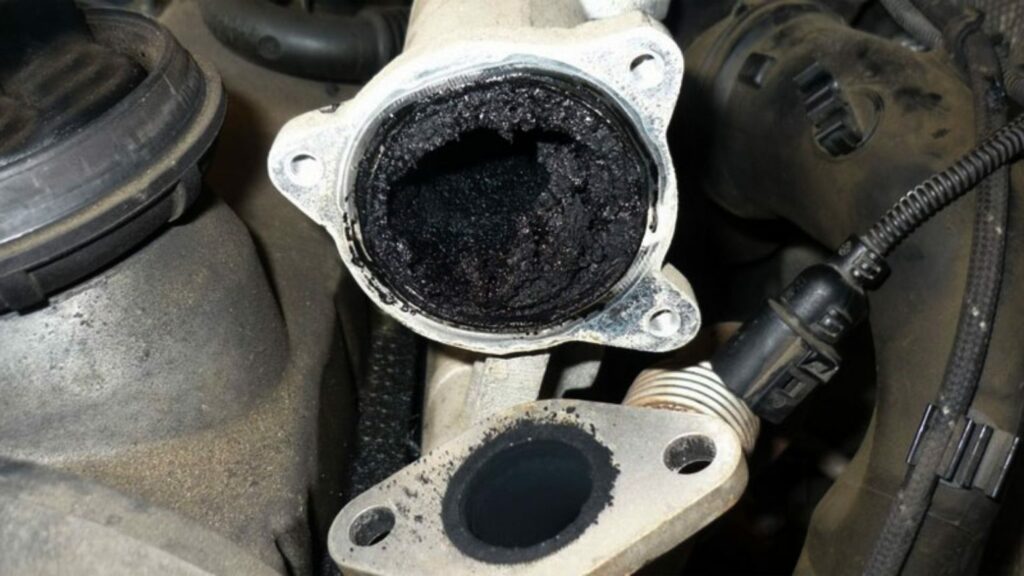
A faulty Exhaust Gas Recirculation (EGR) system is another potential cause of a flashing check engine light followed by the light stopping. The EGR system is responsible for recirculating a portion of the exhaust gases back into the engine, reducing the amount of pollutants the vehicle emits.
When the EGR system is not functioning correctly, the engine may run roughly, and the vehicle may stall. Additionally, a faulty EGR system may cause a decrease in fuel efficiency, which could lead to increased emissions and a higher cost of ownership.
If the check engine light is flashing due to a faulty EGR system, it is essential to have the issue addressed promptly. A qualified mechanic can diagnose the problem and repair or replace faulty components. Sometimes, the issue may be as simple as a clogged EGR valve, which can be cleaned to restore proper function. However, the entire EGR system may need to be replaced in more severe cases.
How to Fix a Flashing Check Engine Light
The following are some of the ways to fix a flashing engine light:
Read Trouble Codes
To resolve a flashing check engine light, start by using a code scanner to read the diagnostic trouble codes stored in the vehicle’s computer. Various OBD-II scanners are available, including those that read more codes than others. If you don’t have your own scanner, you can visit an auto parts store that provides free scanning services. Once you have the trouble codes, you can conduct further troubleshooting based on what the codes reveal.
Inspect Spark Plugs and Ignition Coils
If the codes suggest that the ignition system is responsible for the problem, inspect the spark plugs. If the plugs have carbon build-up, they may fail and need replacement. If the diagnostic trouble code points to a problem with the ignition coils, you will need to replace them. The faulty coil will be identified by the trouble code.
Check Fuel Pressure
Use a special gauge to check the fuel pressure and refer to your service manual to determine the normal reading. Advanced scanners can also check fuel pressure. If the fuel pressure is too low, diagnose which part is causing the problem and replace it.
Inspect Engine Sensors
You can’t examine every engine sensor, but the code scanner will help identify which one is causing the problem. Once you have identified the faulty sensor, you may be able to clean it and reinstall it. Otherwise, you will need to replace it.
Consult a Professional
It’s crucial to take the flashing Check Engine Light seriously because it indicates that a significant problem exists. Consider consulting with a professional mechanic for diagnostics or repair. Be sure to find a reliable repair shop you can trust to avoid taking chances with your vehicle’s engine.
Check Engine Light Codes
The check engine light codes are usually categorized into four groups: Chassis, Network Communications, Powertrain, and Body. Each code indicates a specific engine problem that needs a mechanic’s attention. Here are five of the most common codes and what they mean:
- Code P0300-P0305: They indicate engine misfires in cylinders 1 to 5. If you see this code, your mechanic might need to change the cylinder that has a misfire.
- Codes P0171 – P0175: These codes are related to the oxygen levels in the system. If the sensor is underperforming, it needs to be changed by a certified mechanic.
- Codes P0420 and P0430: Indicate that the catalytic converter needs to be changed. If the O2 sensors malfunction, the check engine light will serve as a warning that there is a problem.
- Codes P0411, P0440, P0442, P0446, and P0455: Indicate a complication with the evaporative emission control system. It could mean a bad vent control valve or a loose gas cap needs replacement.
- Code P0401: It shows a complication with the exhaust gas recirculation system. It indicates that the system is not functioning sufficiently to prevent the release of toxic gases into the atmosphere. If you see this code, you need to take your car to a mechanic to fix the issue.
Types Of Engine Light Illuminations
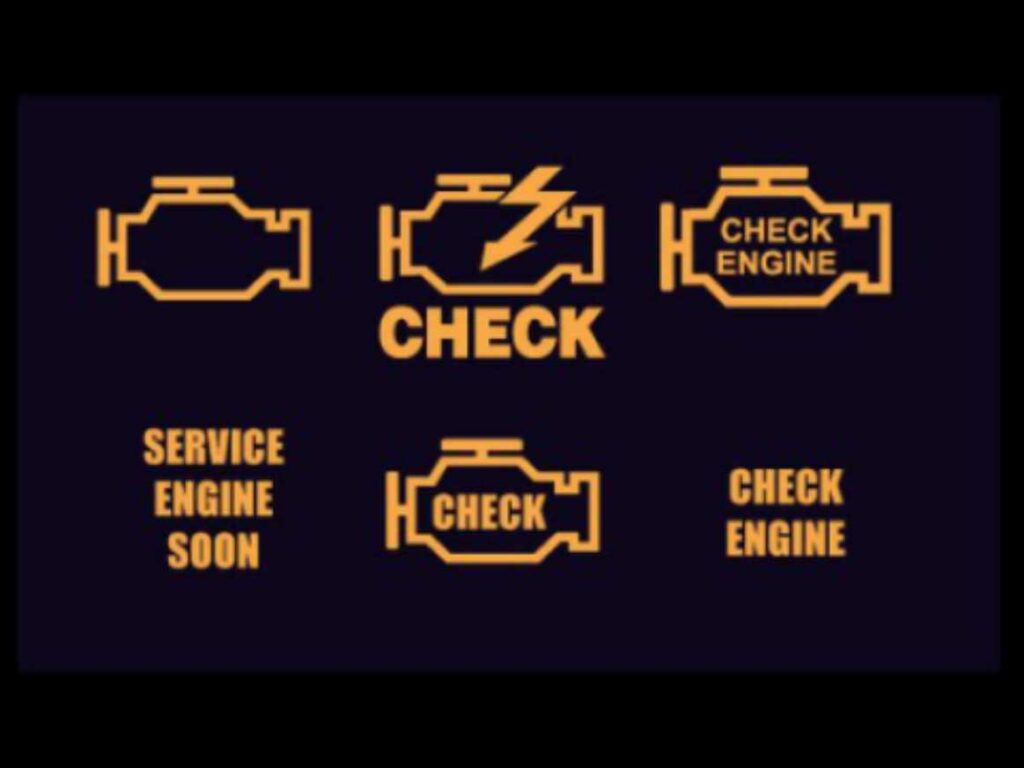
There are generally two types of engine light illuminations: a steady or constant illumination, and a flashing or blinking illumination.
Steady/ constant engine light
It indicates that there is a problem with the engine system that needs attention. This could range from a minor issue such as a loose gas cap to a major engine component problem. It is important to address a steady engine light as soon as possible to prevent further damage to the engine and avoid costly repairs.
Flashing or blinking engine light
This indicates a severe misfire that can cause damage to the catalytic converter, which can lead to expensive repairs. When the engine light is flashing, it is recommended to pull over and turn off the engine immediately to prevent any further damage.
FAQs
What does it mean when my check engine light is flashing?
A flashing check engine light indicates a severe problem with your vehicle’s engine that requires immediate attention. It’s recommended that you stop driving your car and have it towed to a mechanic to prevent any further damage to the engine.
Can I still drive my car when the check engine light is on?
You can still drive your car when the check engine light is on, but it’s recommended that you have the issue diagnosed and fixed as soon as possible. Ignoring the problem may cause more severe damage to your vehicle and result in expensive repairs.
Can a loose gas cap cause the check engine light to come on?
A loose gas cap is a common cause of the check engine light illuminating. The cap creates a seal for the fuel system, and if it’s not tight, it can cause the fuel system to lose pressure, triggering the check engine light.
How do I reset the check engine light?
To reset the check engine light, you can disconnect the battery’s negative cable for about 15 minutes or use an OBD-II scanner to clear the codes. However, it’s important to note that resetting the light without fixing the underlying issue will not make the problem go away.
Do I need to take my car to a dealership to diagnose a check engine light?
No, you do not need to take your car to a dealership to diagnose a check engine light. Many independent auto repair shops have the necessary equipment and expertise to diagnose and fix the issue. However, if your car is under warranty, it may be best to take it to the dealership for repairs.
Conclusion
The Check Engine Light is an important warning signal that should not be ignored. It can indicate a range of issues, from minor to major, and prevent further damage to your vehicle if addressed promptly.
With the help of a diagnostic code scanner or a professional mechanic, you can identify and fix the issue causing the Check Engine Light to illuminate. Regular maintenance and keeping up with any necessary repairs can help prevent the Check Engine Light from coming on in the first place.
Overall, taking the warning seriously and taking appropriate action to keep your vehicle in good working order is essential.
